The purpose of this website: helping you learn to play the piano. Building a strong foundation of piano-playing skills will lead to a lifetime of piano-playing joy.
Piano Chord Chart:
The Major and Minor Triads Chromatically
This piano chord chart lists all the major and minor triads chromatically. Learn the major and minor triads first according to appearance/keyboard image. (To see the chords grouped this way, go to "keyboard chords" .)
Once you've become familiar with the chords in their image groups, you should start practicing them chromatically (this is how they are listed here on this piano chord chart), ascending and descending at least one octave.
Start by blocking (all three notes at once)each chord with both hands while saying its name: play and say "C-Major", then play and say "D-flat Major",... ascending until you arrive at "C-Major" and then go back down. Keep a slow, steady beat (using a metronome is helpful).
Once you are proficient at blocking the triads ascending and descending, try rolling (one note at a time) each chord with both hands at the same time. Roll each chord up as you ascend, and then roll each chord down as you descend.
Eventually, your daily exercise routine should include blocking and rolling all the major and minor triads, ascending and descending one octave (or more if you'd like), and gradually developing a faster tempo (use your metronome).
Over time (several months, perhaps), you should be confident enough to play your triads at a steady 100 to 160 beats per minute, playing quarter-notes while blocking, and triplets (three notes per beat) while rolling.
[By learning and mastering all of the major and minor triads, as well as the basic 7th chords, your piano skills will expand greatly. Chords and scales are the building-blocks of western music. So become familiar with as many chords and scales as you can and your piano-playing abilities, as well as your understanding of the music you are learning, will continually grow. The more chords and scales you have mastered, the more you will feel confident and comfortable at the piano, the more difficult and diverse the music you can handle. Essentially, with more and more chords and scales comes more and more piano mastery. So learn them in all their forms: root position, inversions, arpeggios, patterns, hands-sparately, hands-together. The A piano chords are just one little piece of the huge chords-and-scales picture. You'll want to apply due diligence to them as well as all the other basic chords and scales. If you do, you will be a happier, more confident piano player. Good luck!]
For a more complete understanding of how to build your piano-playing foundation, read
For the most direct, organized, and progressive path to learning to play the piano, start
the Piano Skills Foundation series of piano lessons.
(Advertisement)
Video on the progression of learning of chords
Piano Chord Chart:
Major Triads, ascending chromatically from C
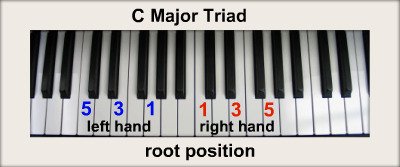

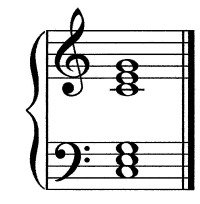
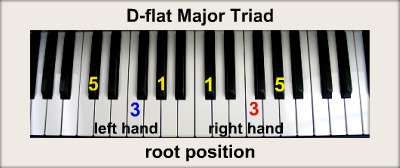
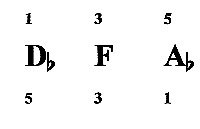
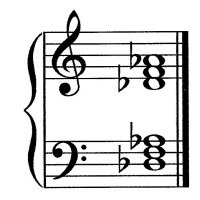
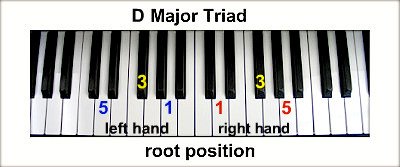
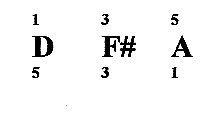
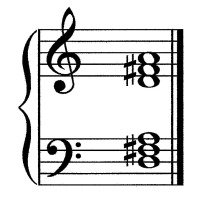
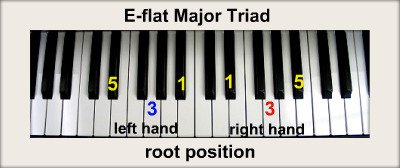
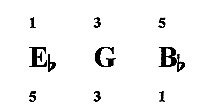
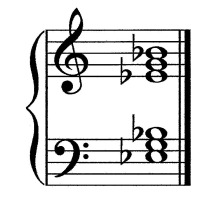
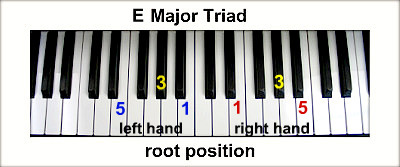
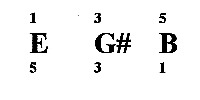
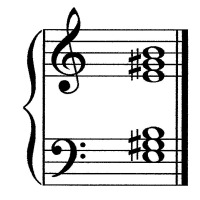
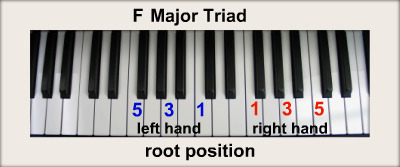

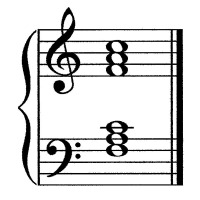
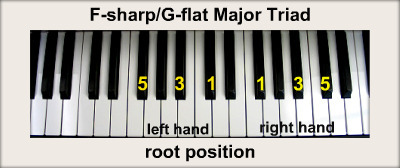

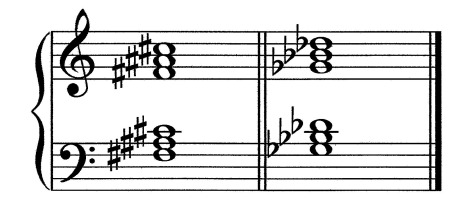
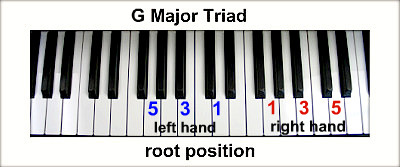
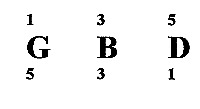
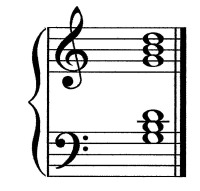
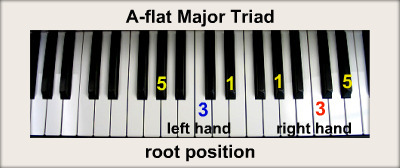
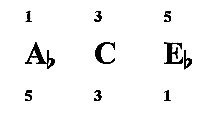
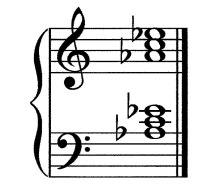
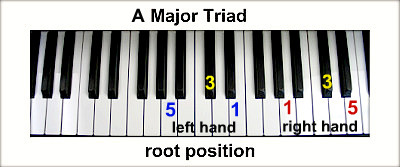
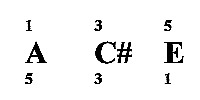
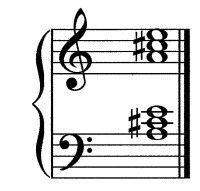
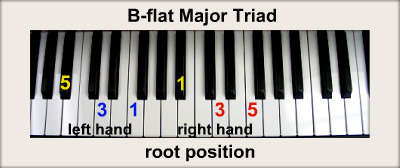
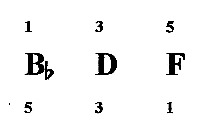
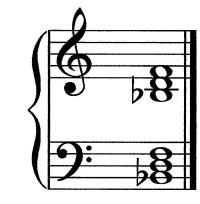
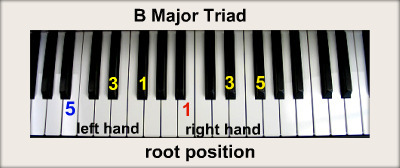

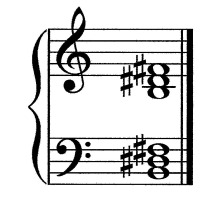
Minor Triads, ascending chromatically from C
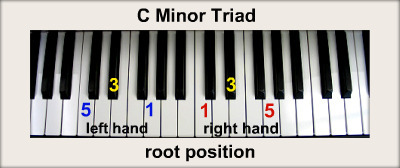
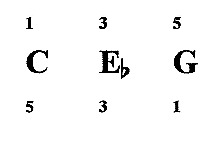
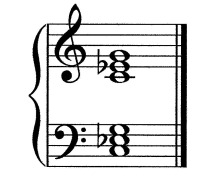
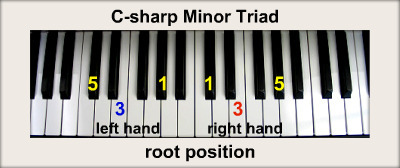
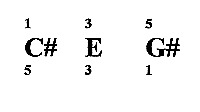
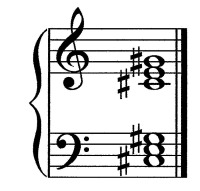
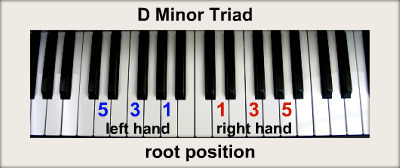
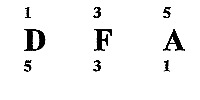
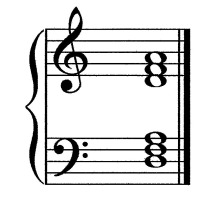
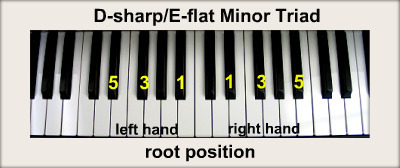

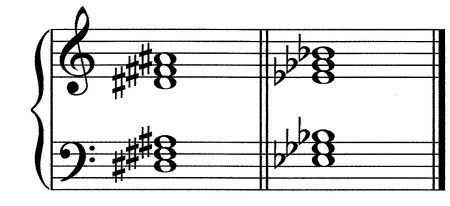
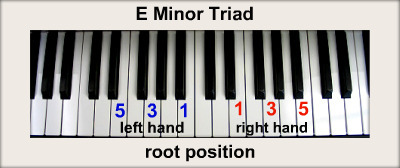

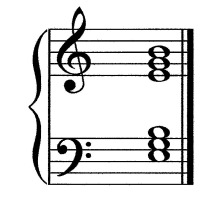
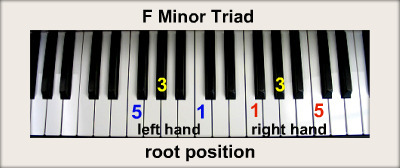
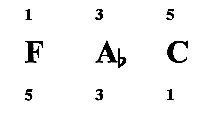
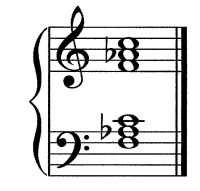
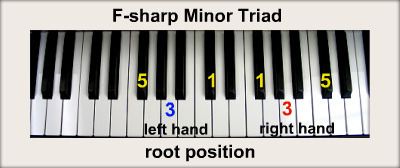

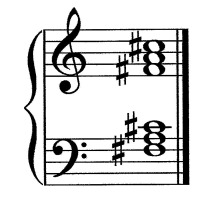
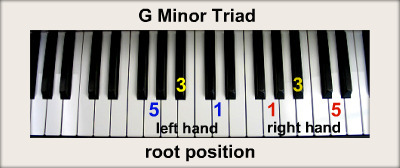
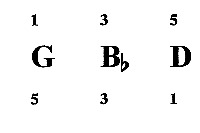
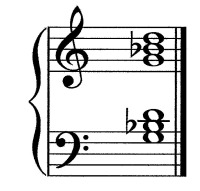
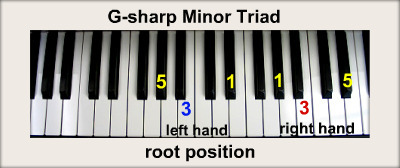
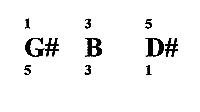
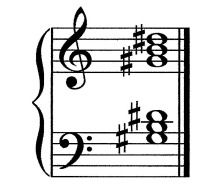
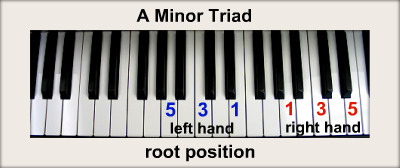
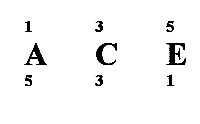
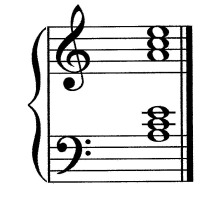
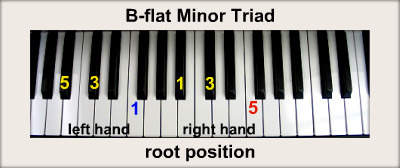
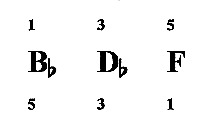
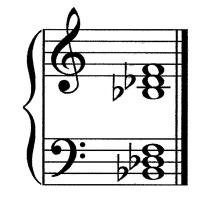
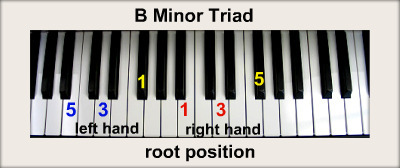
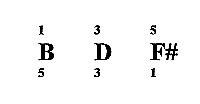
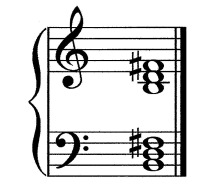
Need More? How About the Diminished Triads?
Click here to see a chart of the diminished triads
-click here for more about chords-

If you want to see a blueprint for a successful piano journey...
read
"Piano Player... You"
A guide to building a solid and complete piano-playing foundation.
-Click here to learn more about this e-book-
If you would like a step-by-step guide to help you on your piano journey...
start working through
"The Piano Skills Foundation" piano lessons
-Click here to learn more about this piano course-
return from "Piano Chord Chart" to "Piano Chords"
Looking for some piano music?
I have found Sheet Music Plus to be a fantastic resource for piano books & other materials. And they have instant digital downloads for thousands of individual pieces.
3 Ways To Support This Website
If you enjoy using true-piano-lessons.com and would like to help support it:
1. Buy the ebook, "Piano Player... You"
2. Purchase "Piano Skills Foundation"
3.Donation
